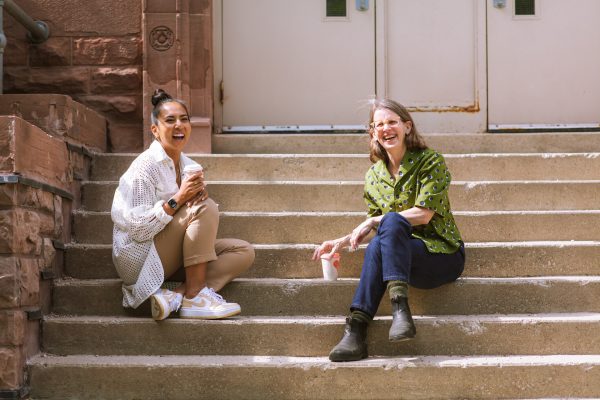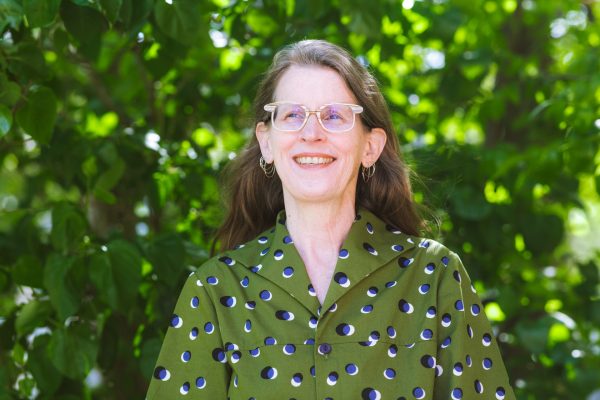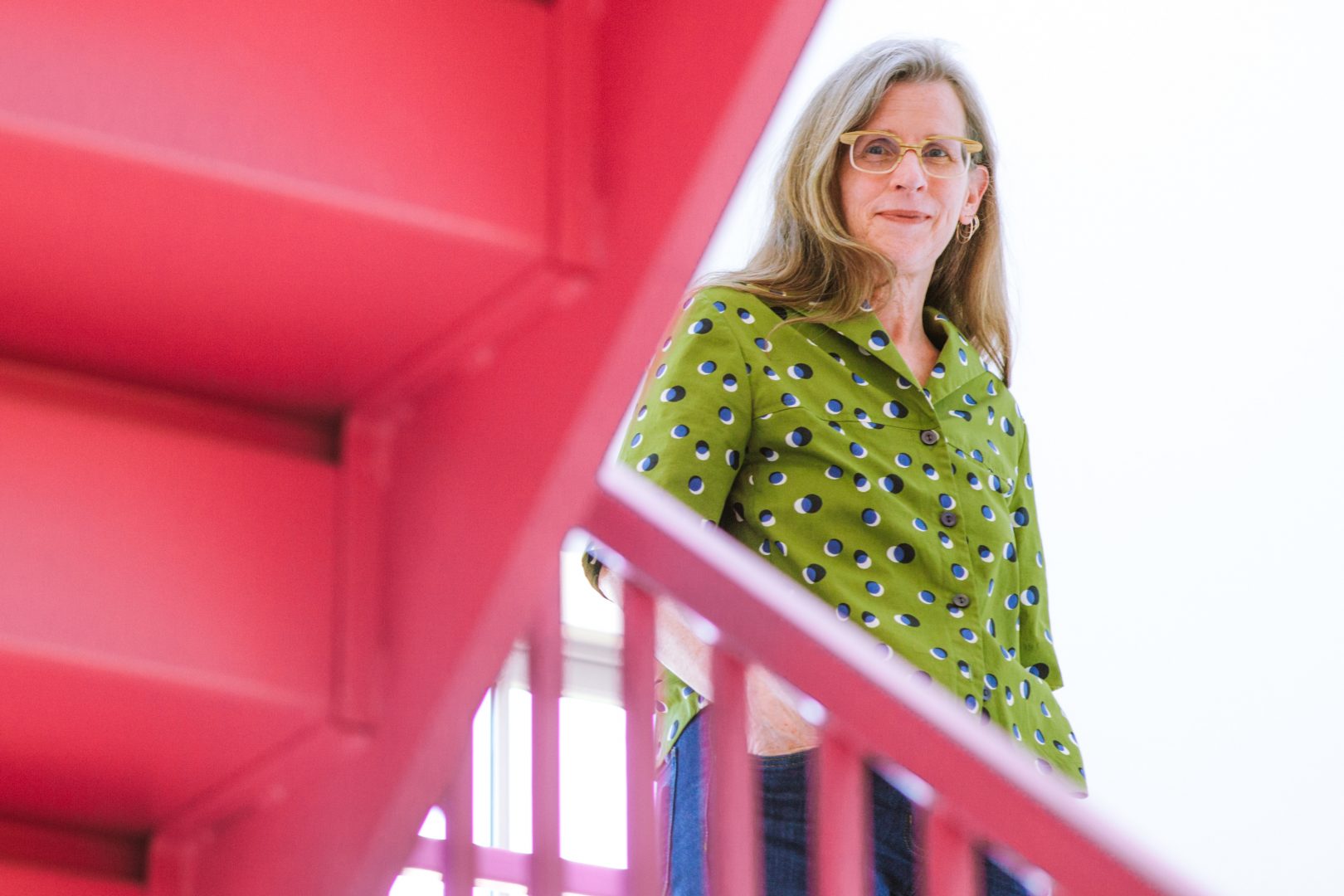By Meghan Yuri Young Photography by Max Power Already an international celebration of arts and ideas, Luminato is now expanding in a different way as it looks to engage geographical and cultural communities beyond the…
By NowPlayingToronto
By Meghan Yuri Young
Photography by Max Power
*June 2023 Update: Naomi Campbell, who was Luminato Festival Toronto’s artistic director since 2018, decided that 2023 was her last year in this role. Read on to learn how, in her final years as Luminato’s artistic director, Naomi placed an emphasis on pushing the festival’s boundaries — literally.*
More than 15 years ago, the Luminato Festival was created in response to the SARS pandemic. As the 11-day offering of arts and ideas made its post-COVID in-person return in 2022, the social consciousness behind its existence, and mission, took centre stage in numerous ways. From bringing people together and provoking crucial dialogue to a naturally-emerging theme of climate change, Luminato’s artistic director, Naomi Campbell, puts it all into perspective.
While she may share her name with another Naomi known for stomping fashion runways, Luminato’s Naomi is responsible for shaping and bringing meaning to the festival. And yet, beyond the inner workings of this global creative effort, Naomi emphasizes meeting people where they are to ensure the energy of each Luminato production reverberates throughout Toronto’s communities within communities.

Meghan Yuri Young: Since your name may throw people off, I feel like it’s a bit unavoidable that we need a little introduction to who you are and what you do.
Naomi Campbell: Well, I always just say, it was my name first. And if she wanted to do a show in Toronto, she’d have to change her name because I’m a member of Canadian Actors Equity Association, which means she’d have to, contractually, or she’d have to buy my name. I’ve disappointed some people when she first became super famous — definitely disappointed some couriers.
MYY: Well, I’m not disappointed, especially after doing a little research on you. You bring a lot to the city!
NC: I hope so! I’m the artistic director at Luminato, which means I lead the programming team. But, I don’t work by myself. I work really closely with the production team. We sort the projects that come to us. We respond to the projects that land on our doorstep. We make up projects.
I basically work with a team to come up with a shape for the various things we want to accomplish. Part of that is recognizing artists that you want to work with and giving them a platform.
MYY: You’re tying it all together to tell a story, in a way. Was there a theme for the 2022 Luminato Festival?
NC: This is a big question. It’s also a familiar question. There wasn’t a predetermined theme, but there’s a theme that has emerged, which is largely around climate change. And also, obviously, around the issues of the day. I think it’s really important to respond. We’re not just an entertainment entity, we’re not just purely a distraction.
Luminato provokes conversation and creates community. It gives artists a platform for their stories, their voices, their issues — artists who haven’t had this traditional place at the table. One of the goals I’m interested in is making the festival represent the people who live here. The art in this city doesn’t always do that. We want the work that we present to look like the city we live in — and that’s not just downtown. We want to touch the larger geography, the surrounding communities.
 MYY: Has that been one of the pillars of Luminato since its inception in 2007?
MYY: Has that been one of the pillars of Luminato since its inception in 2007?
NC: Although, at the basis, it’s always been there, I think it’s more fully articulated now. There was always this notion that we would bring the world to Toronto and Toronto to the world. That was an early way of expressing what Luminato was about in the beginning. We do that, but it’s more conscious geographically.
It’s been a fairly downtown festival, where there’s, obviously, a lot of culture. It gathers in the centre, where the venues are, but that’s not where everybody lives. So, we’re starting to edge our way out of the centre in our plans for the future. [In 2022], for instance, we had this wild project called Art In Transit, which was on the GO Trains. The idea stemmed from the fact that we have seven weekdays and there are seven GO lines that come into the city.
Each day of the festival, we were on a different line coming in from Brampton, Vaughan, Richmond Hill, putting on this sort of street theatre event. It followed this character, Fish, played by Anand Rajaram, who is trying to get to the water. It’s a very whimsical, sweet, weird little thing that we’re offering that happens to be connected to a couple of other projects also at Luminato.
MYY: I love this concept of meeting people where they’re at. Since you mentioned Luminato is starting to spread outside of the downtown core, what might that look like in the future?
NC: Well, I can’t really tell you all of our plans, but we will be touring work within the region. So, for instance, if we bring in an international artist, maybe we play one night or weekend downtown and another weekend in Mississauga.
MYY: Speaking about the future has me thinking about the past. Luminato was created in response to SARS, and now, we’re slowly emerging from another pandemic. You mentioned that one theme is climate change, but I also feel like there’s a bit of poetry in how Luminato started and what it represents.
NC: I think it’s weird, to be completely honest. It’s just weird that we get to be pandemic recovery workers for the second time. I hope that’s not a recurring theme over the next 20 to 30 years into the future. But it also feels like it’s a responsibility, right? It feels like that was the very beginning of the festival, and so, we have to take on that part of why we’re here. To bring people together is to bring joy.
[2022 was] the real “regathering.” I’ve worked in live performance in different ways all my life. There’s nothing better than that feeling, whether you’re on the stage or in the audience, of that system of energy moving between us. Also, standing next to people that you would never otherwise stand next to because you wouldn’t know them for whatever reason, you wouldn’t talk, but then, suddenly, you love this same artist, or you’re discovering the same artist at the same time, or they’re old fans of the artist and you’re a new fan. All those kinds of conversations and experiences can happen.
MYY: Again, that accessibility element is so important, especially when it comes to bringing people back together again. Shifting the conversation a little bit, you were born in Toronto and grew up in places like Ottawa. But you’ve spent the majority of time here. What does this city mean to you?
NC: It’s home for me. I think part of the reason I’ve lasted as long as I have, even though I’ve done lots of travelling, is that I live in a village inside the city. Toronto’s, famously, a city of neighbourhoods, and I think that’s part of what’s so powerful about it. I don’t feel isolated in the city. I feel like when I walk down the street, it’s quite possible I’m going to run into somebody I know and love. At the same time, I can go to parts of the city that are like travelling to places I’ve never been before. There’s a sense of adventure.
It’s the city where people who are making art come to. So, there’s people from all over the country here. I lived in Ottawa as a young theatre-maker, and it just felt like I wanted more exchange, more influence, more exposure to other things. That’s why I came here.
I did have the privilege of travelling a lot, especially when I worked with Magnetic North Theatre Festival. I became part of this theatre village, much like my neighbourhood village here in the city. To work at Luminato is to bring those connections and experiences here. One of the things that makes this festival so powerful is that it means an artist who lives and works here, who can’t afford to travel, can still be exposed to international work.
MYY: I love that so much. It’s how we grow, exposing ourselves to things outside of our personal echo chambers. Staying on the topic of Toronto, how do you enjoy the city?
NC: There’s always lots of stuff going on! Harbourfront has great programming going on all the time. Also just, you know, going out on my bike, going to the island, going to see music, and all the various patios around town. You can go out a hundred times a night in Toronto and still not see everything.
Each year, Luminato Festival Toronto celebrates performance, visual art, music, theatre, dance, and more. You can always browse our upcoming event listings (just hit that magnifying glass in the top right corner, or browse our drop-down menus) to discover arts and culture experiences all year. Plus, check out our blog to see how you can enjoy some of the city’s diverse neighbourhoods — which Naomi rightfully mentioned are integral to Toronto.

